In a recent comparison test, we pitted a turbocharged four-cylinder Ford Mustang EcoBoost against a turbocharged four-cylinder Chevrolet Camaro. Despite its power advantage, the heavier Mustang was 1.1 seconds slower accelerating to 60 mph and 0.6 second slower in completing a standing quarter mile. This result made it the slowest EcoBoost Mustang we’ve ever tested and the latest in a worrying trend of ever-slower EcoBoost Mustangs.
To be certain of our conclusions, we first ruled out the obvious question of user error. All cars were tested on premium fuel, which Ford recommends for maximum performance. Ford also recommends regular fuel for maximum fuel economy, per the EPA. The lower octane content of regular fuel makes an engine, especially a turbocharged or supercharged one, more likely to knock, which the engine computer will prevent by dialing back the ignition timing. In addition to protecting the engine, however, it reduces power.
Although tested on different days, all cars were tested in the same location by the same driver. (The Mustang and Camaro from the comparison test were tested on the same day by the same driver.) Like all of our instrumented testing, we apply the SAE J1349 standardized conditions correction factor to account for variances in barometric pressure, temperature, and humidity, as does much of the industry. With the mathematical correction factor applied, all numbers are effectively on a level playing field, as if all cars were tested on the same ideal day.

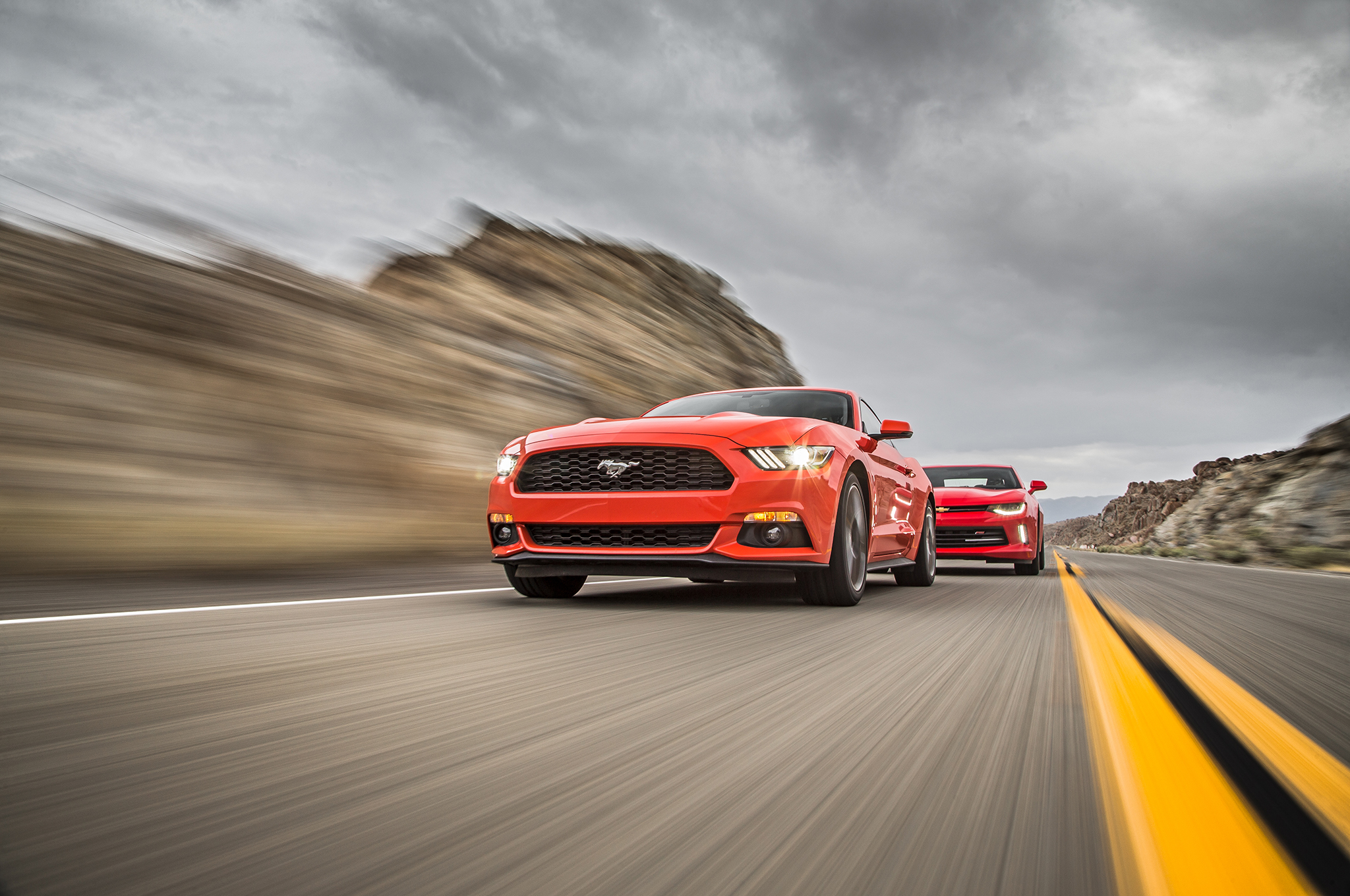
This brings us to our EcoBoost-powered Mustang problem. To date, we’ve tested four Mustangs equipped with the 2.3-liter, turbocharged four-cylinder EcoBoost engine, which on premium fuel produces 310 hp and 320 lb-ft of torque. Three had six-speed manual transmissions, and one had a six-speed automatic. Only one did not have the optional Performance package.
We tested our first EcoBoost Mustang on September 15, 2014. A 2015 model, it was equipped with a six-speed automatic transmission and the Performance package, and it weighed 3,658 pounds. That car hit 60 mph in 5.6 seconds and ran the quarter mile in 14.1 seconds at 97.8 mph.
We tested our second EcoBoost Mustang, also a 2015 model, on February 18, 2015. It was equipped with a six-speed manual transmission but did not have the Performance package. It weighed 3,654 pounds. This car hit 60 mph in 5.6 seconds and ran the quarter-mile in 14.4 seconds at 97.4 mph.
Our sister magazine, Automobile, accepted an EcoBoost Mustang as a long-term test vehicle later that year. A 2015 model, it was tested on December 16, 2015. It was equipped with the six-speed manual transmission and the Performance package. It weighed 3,629 pounds. This car needed 6.0 seconds to hit 60 mph and 14.3 seconds to run the quarter mile, trapping at 97.2 mph.
Most recently, we tested a 2016 Mustang EcoBoost for a Motor Trend comparison test. It was tested on March 30, 2016. This car was equipped with the six-speed manual transmission and Performance package, and it weighed 3,622 pounds, the lightest we’ve tested. It was also the slowest, needing 6.3 seconds to hit 60 mph and running a 14.5-second quarter mile at 98.0 mph.
On the two most recent Mustangs, we also noticed a potential problem during testing. It occurred immediately after an upshift (manual transmission). If our road test editor, Chris Walton, shifted too quickly, the throttle response would lag as if the computer were pulling power when the clutch was released. In some cases, it happened on the 1-2 upshift. In others, on the 2-3 upshift. In the worst cases, it would occur on both the 1-2 and 2-3 upshifts. Multiple runs were attempted with both cars, and we verified traction and stability control were disabled. Getting a perfect run was very difficult and took multiple attempts. We believe this odd throttle mapping is in part or wholly responsible for the diminished performance.
Let’s take a moment here to explain the Performance package. Per Ford, the optional EcoBoost Performance package makes the following mechanical changes: a 3.55:1 limited-slip rear axle replaces the stock 3.31:1 limited-slip rear axle, 255/40R19 summer tires replace the standard 18-inch all-season tires, the front springs are upgraded to heavy-duty springs, a larger radiator is fitted, larger front brakes with four-piston calipers are installed, a larger rear anti-roll bar is installed, the rear spoiler is removed, and the chassis, power steering, ABS, and stability control all receive unique tuning.
Per our testing, the shorter 3.55 rearend actually hurts 0-60 performance, as the engine hits redline at approximately 58 mph, requiring an upshift to third gear before hitting 60 mph and costing time. The longer 3.31 rearend allows the engine to hit 60 mph before the engine hits redline in second gear, resulting in a better 0-60 number. However, this advantage is limited to the 0-60 stat only. Before either configurations reaches the quarter-mile mark, the optional 3.55 rearend has passed the stock 3.31 rearend, giving the Performance package-equipped car the advantage.

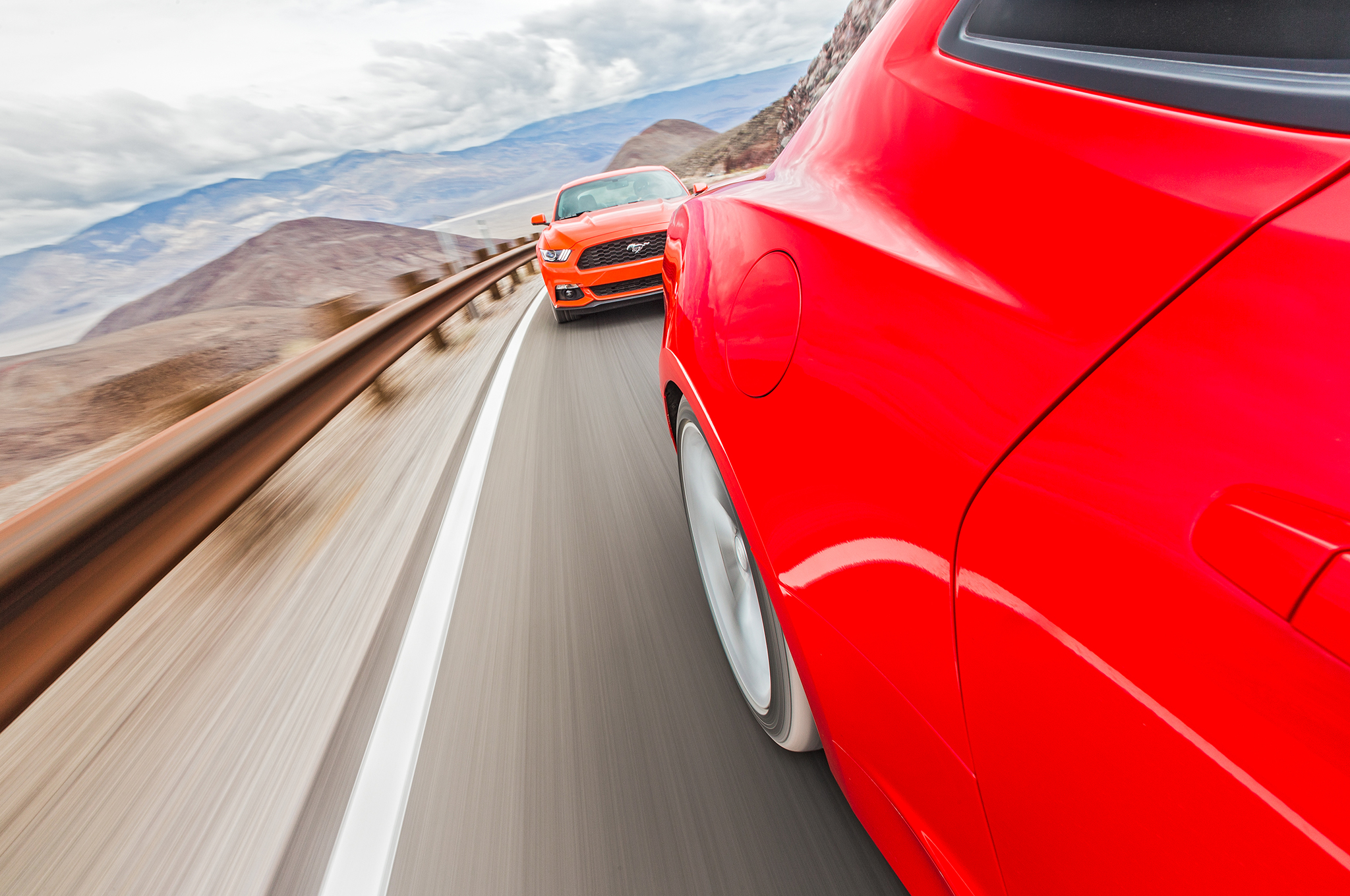
This still leaves us with the underlying question of why EcoBoost-powered Mustangs are getting slower. We reached out to Ford after our most recent test with all our data. A Ford communications representative noted that the quickest manual transmission Mustang EcoBoost we tested (the second car) was a pre-production model and speculated that it may have had a “different calibration.” He did not elaborate. He also speculated extremely hot weather could cause the computer to pull timing, but when presented with weather data showing the car was tested on a 55-degree day, he said “it should’ve been making great power.”
Our last communication with Ford on this matter occurred on April 5th. In one email, the representative told us he was waiting to hear back from a powertrain engineer. In another, he referred us to another member of the Ford communications team. This was the last we heard from anyone on the subject.
As a result, we have data but no answers. Every EcoBoost-powered Mustang we have tested has been slower than the one before it to 60 mph, slower through the quarter mile, or both. In the 21 months since we first tested an EcoBoost Mustang, the car has somehow gained 0.7 second on the run to 60 mph and 0.4 second in the quarter mile. We’ll post any solution to this mystery we discover, but for now, all we have are questions.
Losing Speed

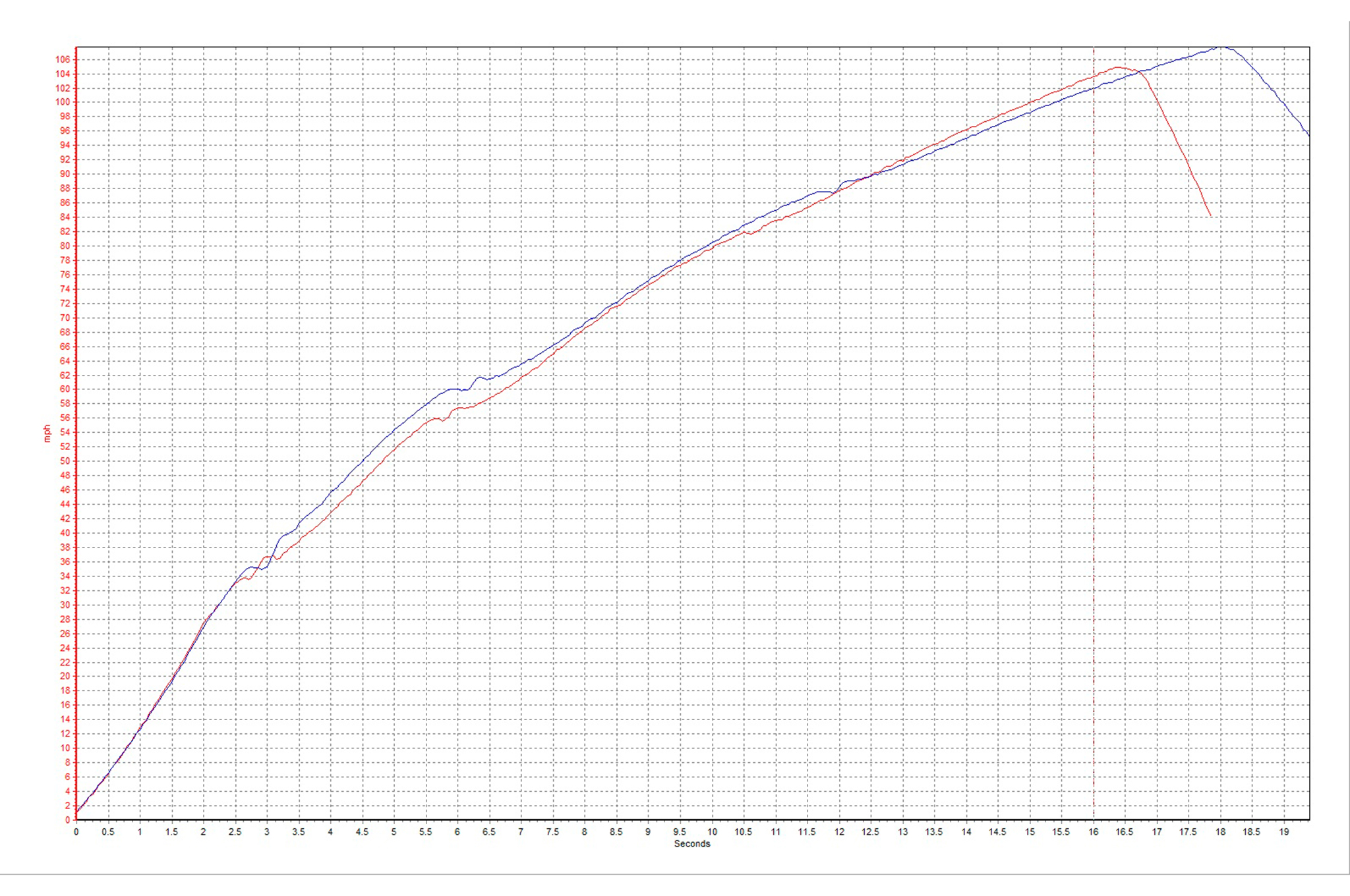
The quickest EcoBoost-powered Mustang we’ve tested, a 2015 model with a manual transmission but without the optional Performance package, is represented in blue. The slowest, a 2016 model with a manual transmission and the Performance package, is represented in red. Note that both cars accelerate identically through first gear despite their different rearend gearing. The dips in the curves indicate gearshifts. Notice how the car with the Performance package (red) has to shift earlier due to its shorter gearing. Also notice how after each shift, there’s a pronounced dip in the Performance package-equipped car’s acceleration. The 2015 car (blue) without the Performance package hits 60 mph in 5.6 seconds and runs the quarter mile in 14.4 seconds at 97.4 mph. The 2016 car (red) with the Performance package hit 60 mph in 6.3 seconds and ran the quarter mile in 14.5 seconds at 98.0 mph.
Share this article in:
- Google Plus
Why Are EcoBoost Mustangs Getting Slower?
/12
Advertisement
to Skip
-

1|12 -

2|12 -

3|12 -

4|12 -

5|12 -

6|12 -

7|12 -

8|12 -

9|12 -

10|12 -

11|12 -

12|12
Related posts:
No related posts.
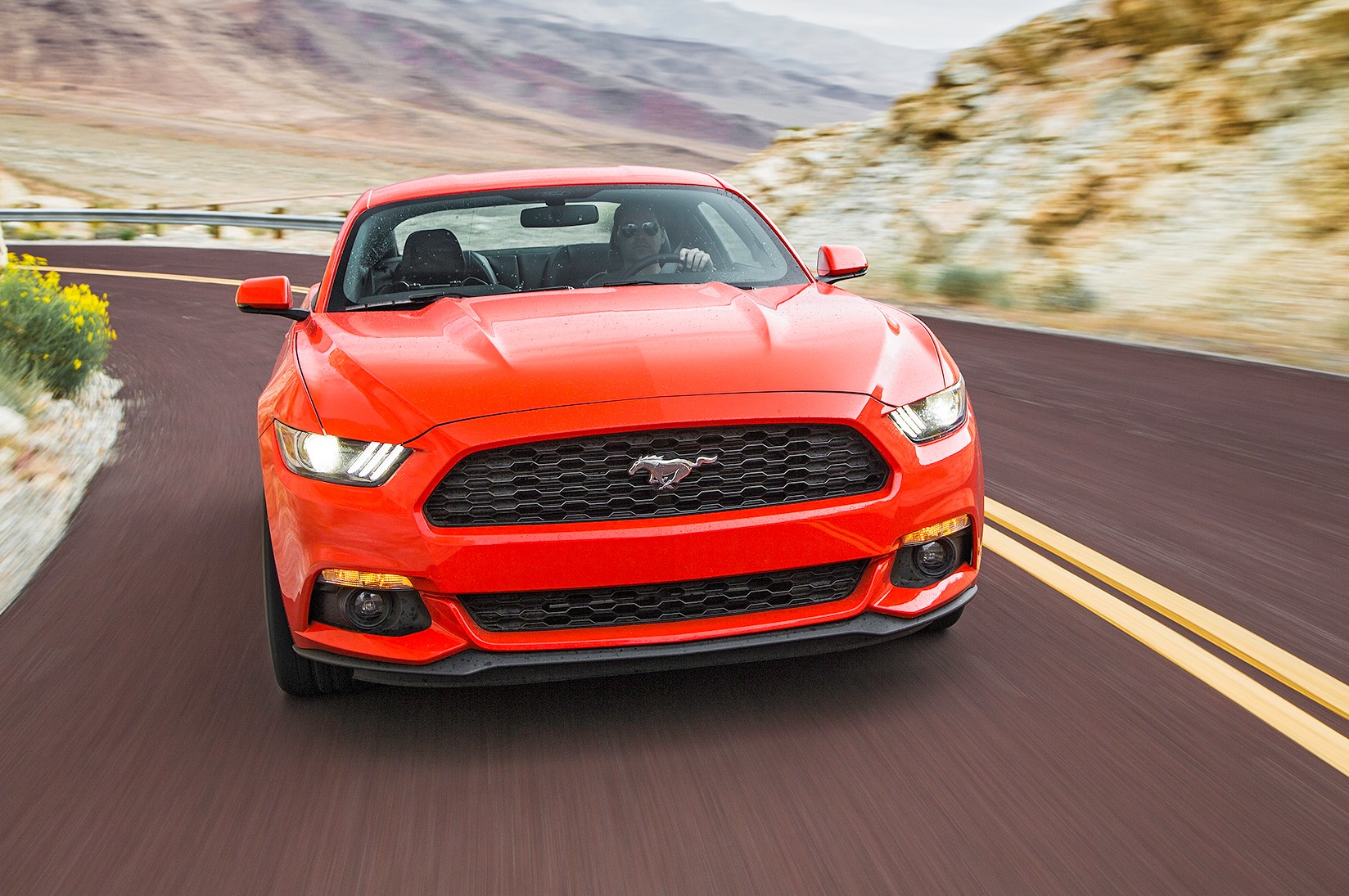

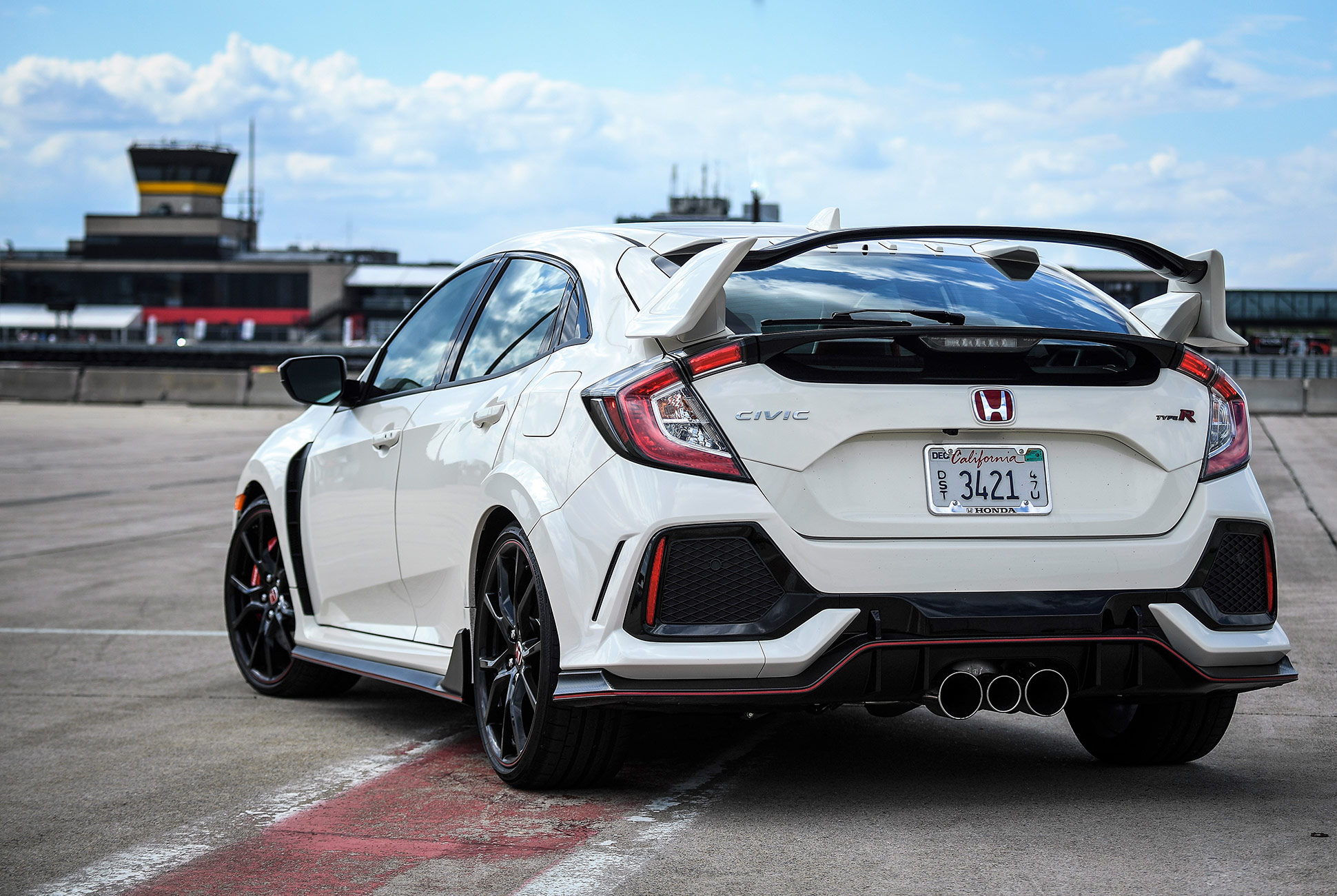
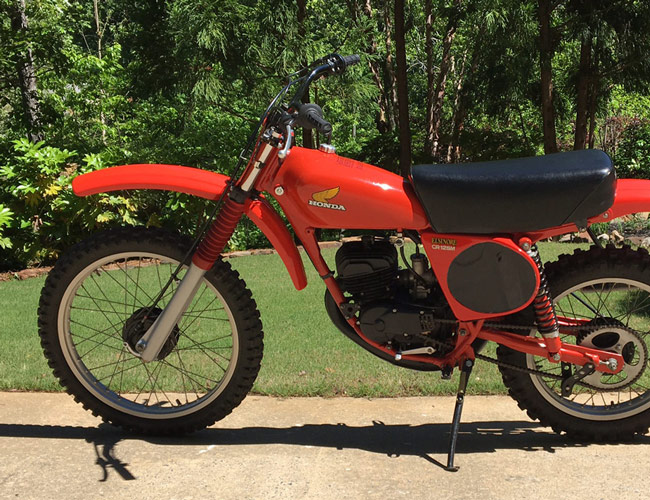
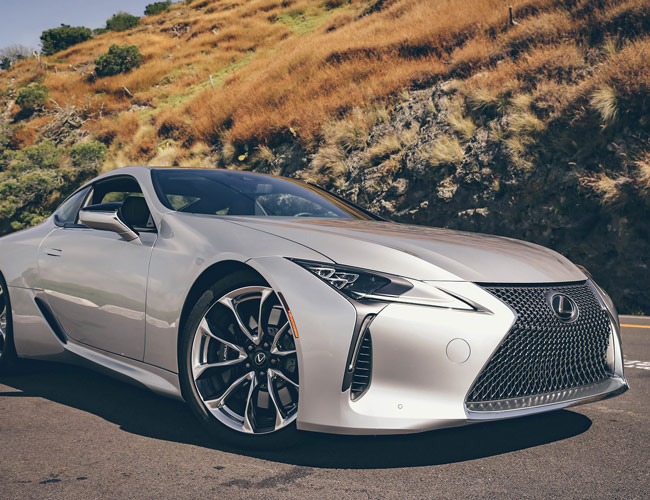

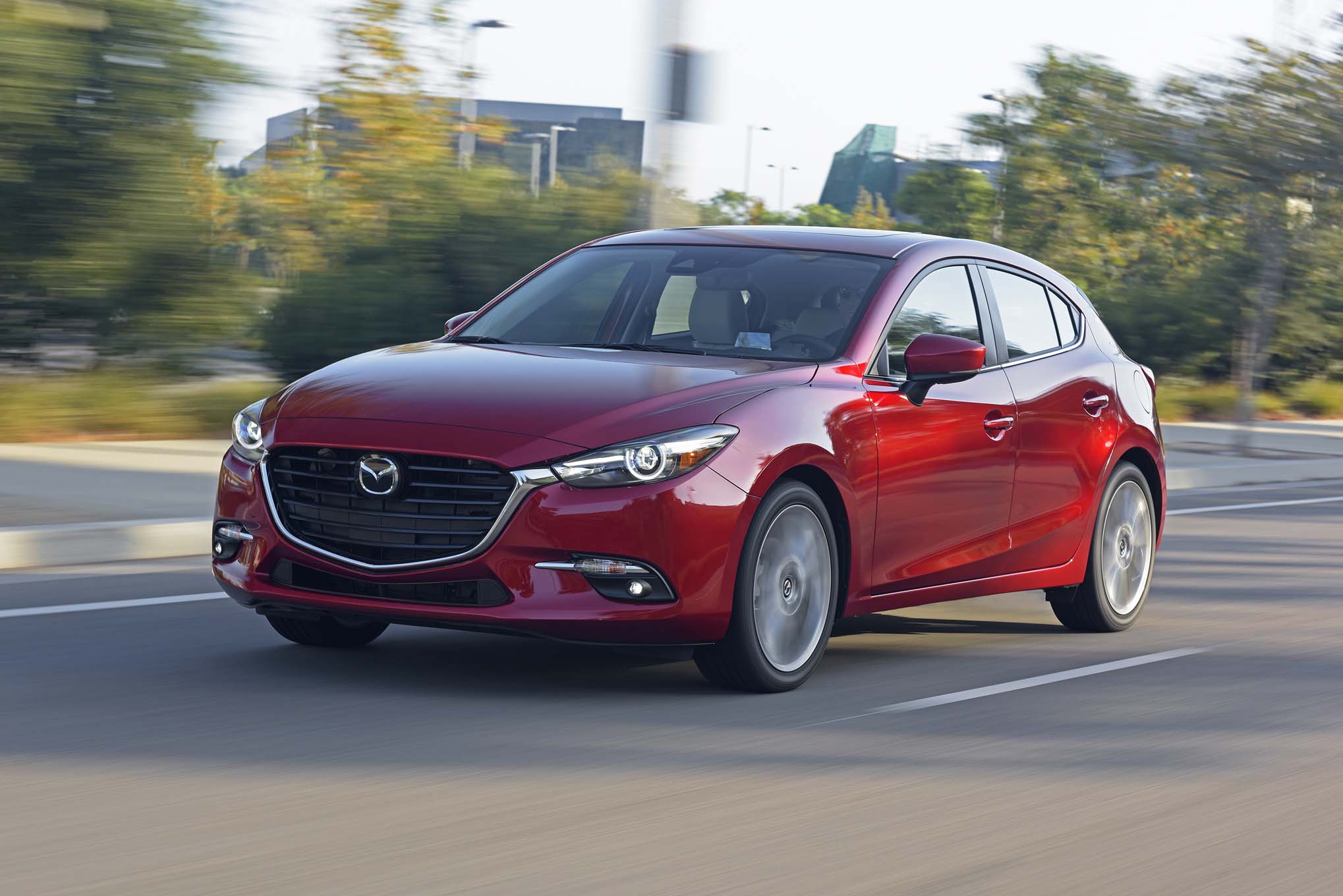
Recent Comments